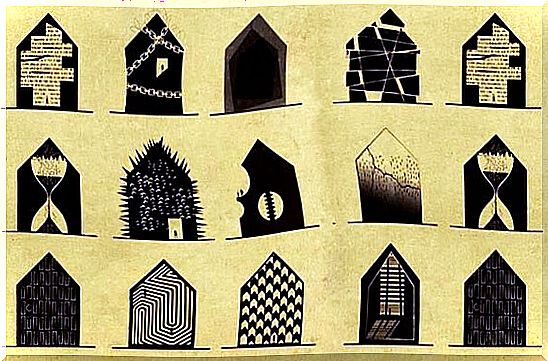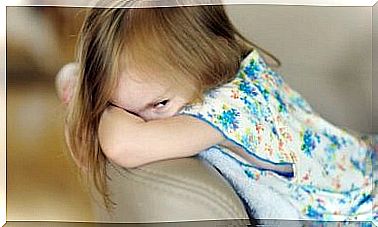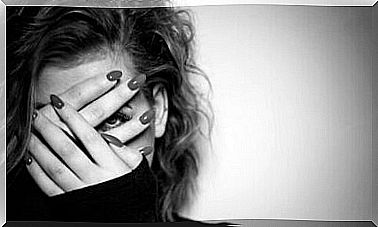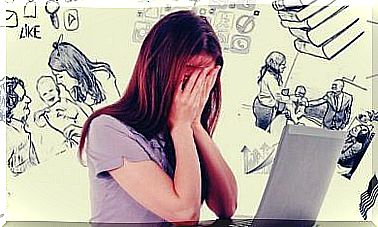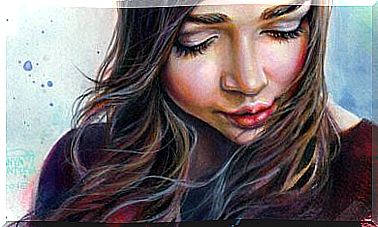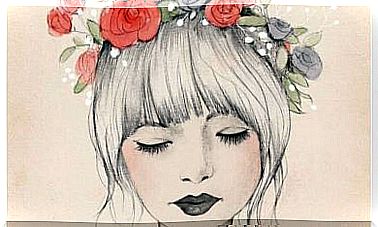The Fascinating History Of DSM
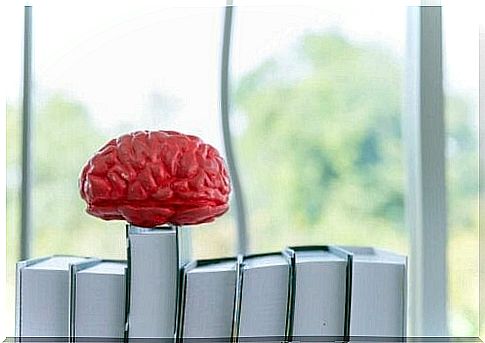
The story of the DSM – Diagnostic and Statistical Manual of Mental Disorders – reveals how a part of humanity designed the human mind. Even though it is still the main diagnostic tool in many countries, it has not been free from controversy and questioning over time.
One of the first criticisms of this book, which is considered the Bible of psychiatry, is that, despite its name, it does not contain statistics. One also wonders about the method by which he establishes the classification of mental disorders. Moreover, the DSM’s own history consists of episodes that do not match its scientific character.
Often, the disorders described in this manual are used more to label people than as a principle of treatment. From this point of view, the latter is almost exclusively pharmacological, which also leads to criticism. Let’s take a closer look at the fascinating history of the DSM.
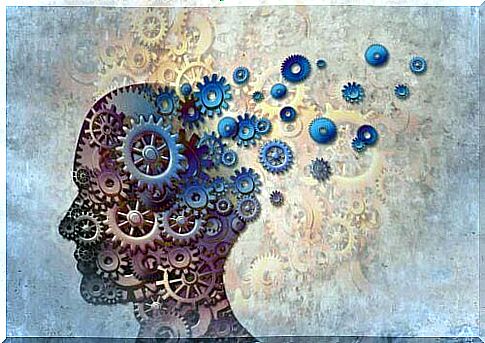
The history of DSM: the origins
The first textbook on mental disorders in the United States dates back to 1917. It was developed by the American Medico-Psychological Association, an organization which later became the American Psychiatric Association (APA). However, the first version of the DSM was not released until 1952: the DSM-I.
One of the problematic aspects in the history of the DSM is that it arose at a time when there was great interest in the “pacification” of societies, after the atrocious Second World War. A large number of military psychiatrists were called in to write the manual.
From the outset, the idea of classifying mental disorders so categorically was questioned. These criticisms came mainly from psychology and psychoanalysis, both of which had a more holistic view. At first, only a few disorders were classified. All these questions then led to a second version which included 36 pathologies.
The inflection point
There is an inflection point in the history of DSM. It happened when David Rosenhan performed the famous Rosenhan experiment, which proved that the diagnostic criteria were deeply inaccurate and risky. Psychiatry was therefore called into question.
Faced with this, the psychiatrist Robert Spitzer launched an offensive to avoid any questioning. The result was none other than the DSM-III.
The idea was to make a manual that dispenses with all subjectivity. Until the third version, the possible causes of the disorders and some notes on treatment were included; the third version removed all of that. It was a question of making a list of the disorders and of attributing to them all the symptoms which characterized them.
Who did this work? A group of psychiatrists from the United States. How did they define each disorder and its characteristics? Through a very “democratic” method: voting. If the majority won, we included trouble. Otherwise, it was excluded. Within this group, only psychiatrists from the organicist school were admitted.
The aim was that the Manual could be used universally: in all cultures and for all individuals. In the end, they came up with a list of 265 clinical entities.
The only one that had not been approved was that of “atypical child syndrome”, to which the creator had defined “child with indefinable symptoms, but atypical”.

DSM in the news
In 1994, the development of the fourth version of the manual was initiated. As always, it was a question of bringing greater precision to the concepts, using language that was both more technical and less ambiguous. In the end, 404 clinical entities ended up entering this manual.
The fifth version, which appeared in 2013, was the most controversial in DSM history. It has received criticism from all fronts. The authors had spent a huge amount of money, worked on it for ten years, and the result was very disappointing. They themselves have admitted it.
This version includes clinical features as questionable as “psychosis risk syndrome”, as well as some clues that in the future someone might become psychotic. Experts estimate that this could generate up to 75% false positives.
It is not for nothing that the World Health Organization does not recommend the use of this instrument, but that of the CIE-10 (International Classification of Diseases), which is also subject to debate. And it is not for nothing that the National Institute of Mental Health of the United States (NIH) has decided to abandon this classification. It is possible that the last chapter in the history of the DSM has been started.
